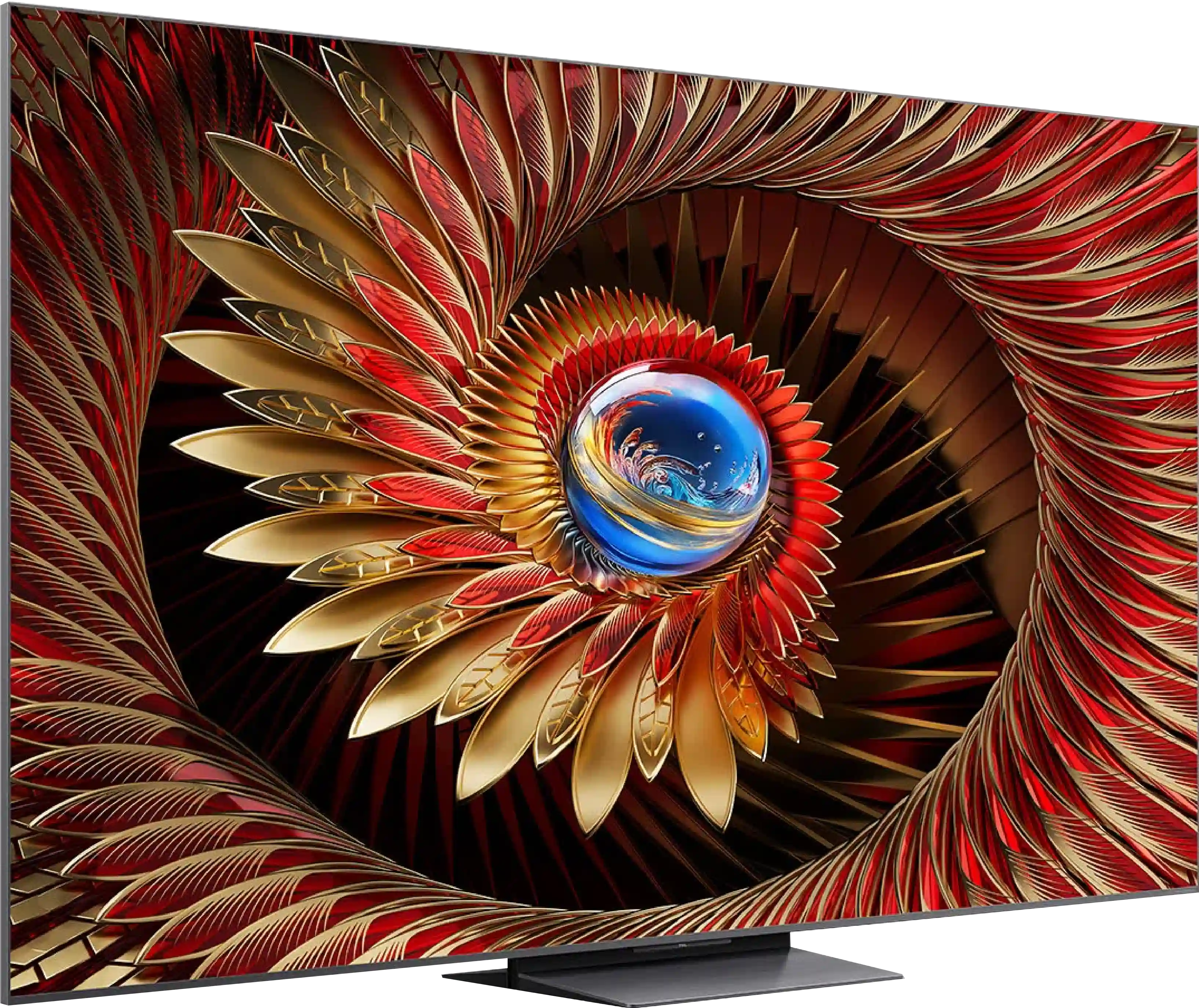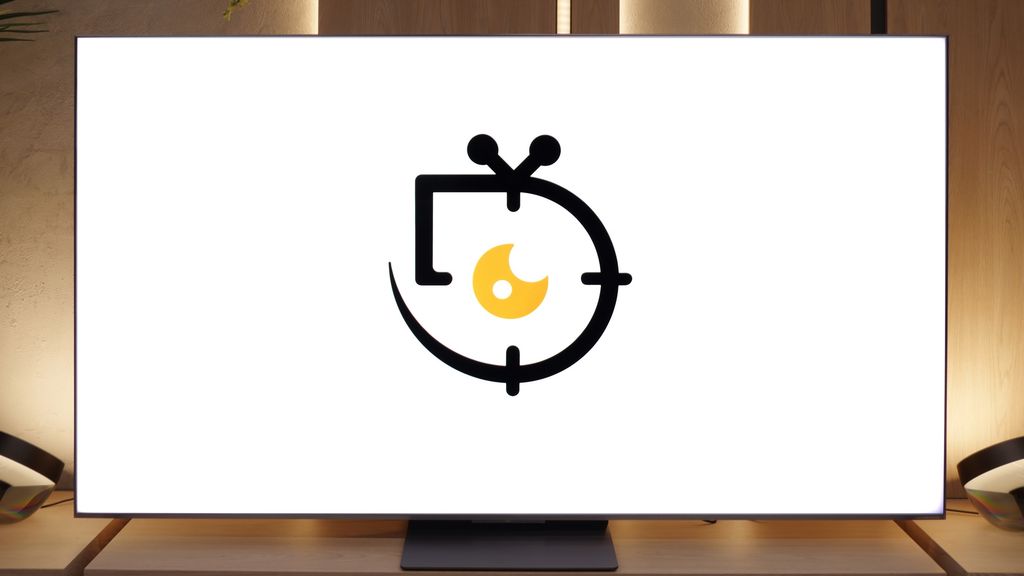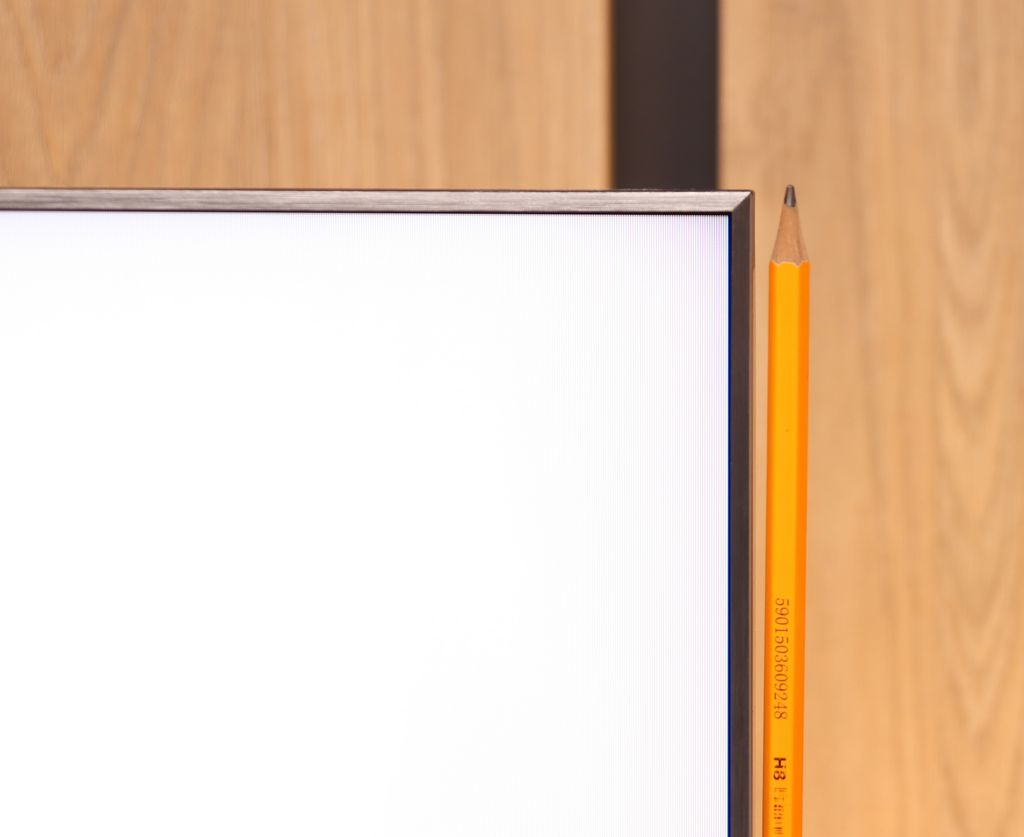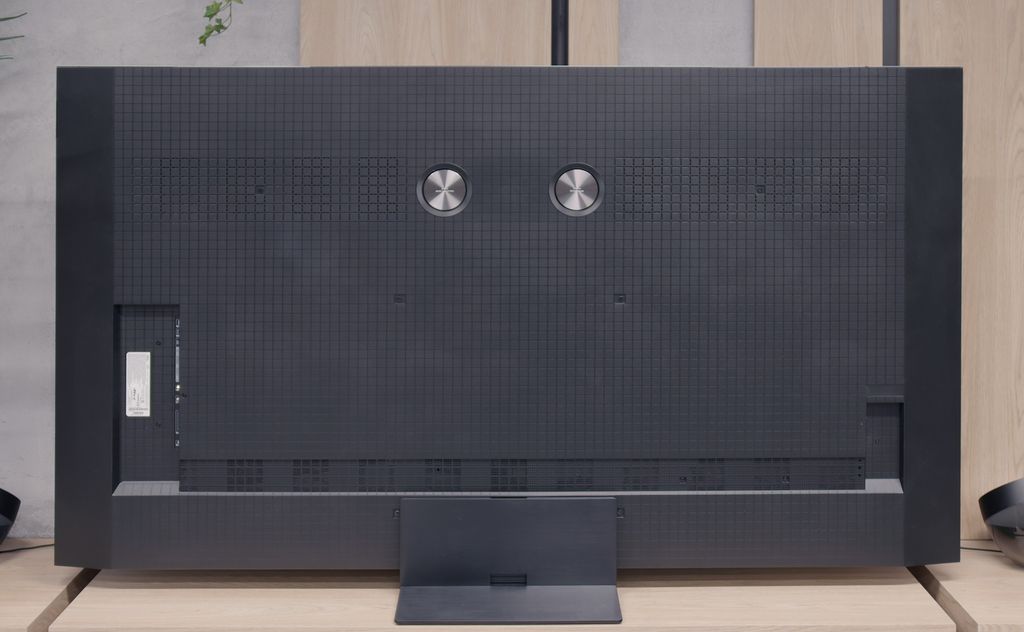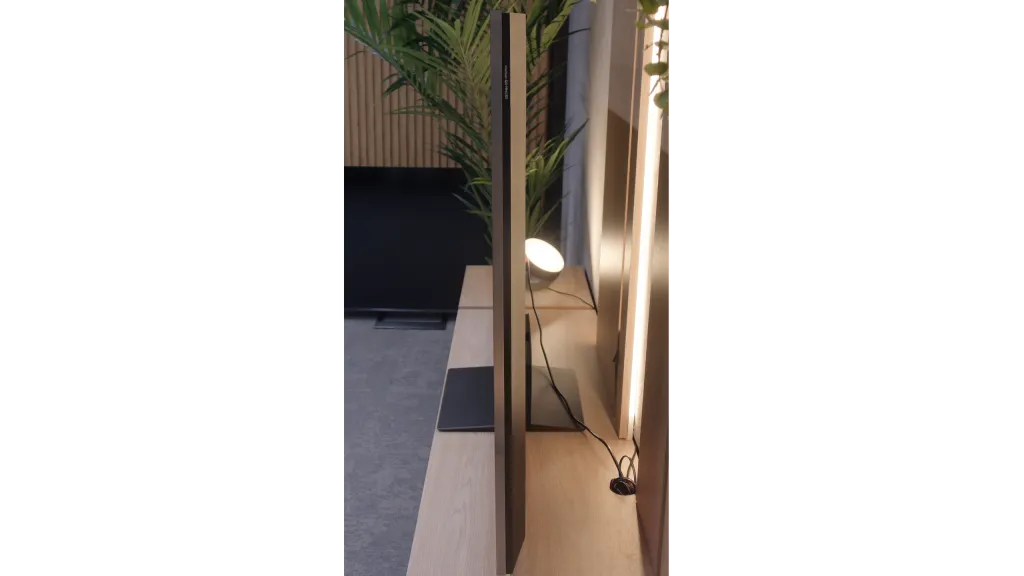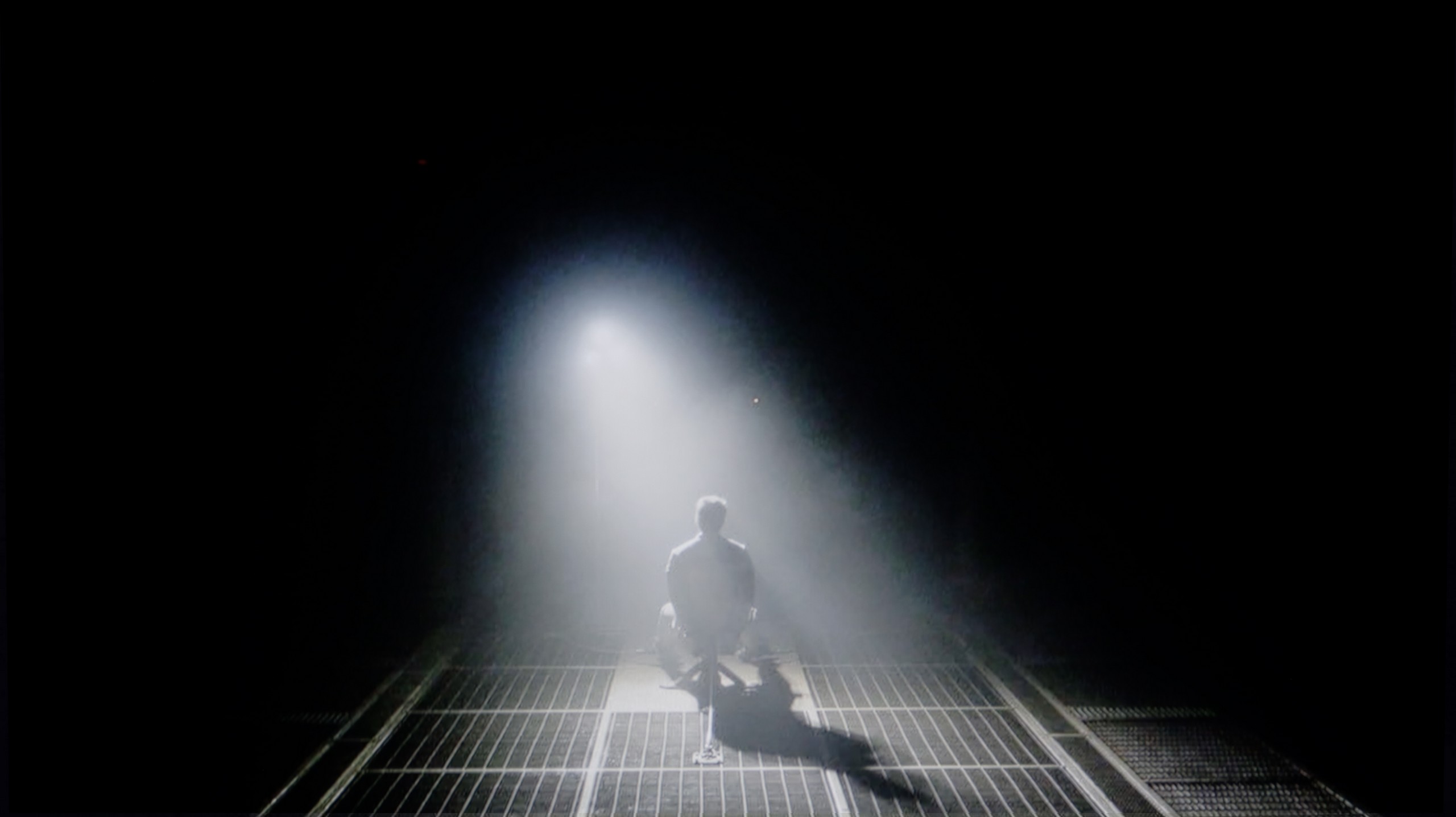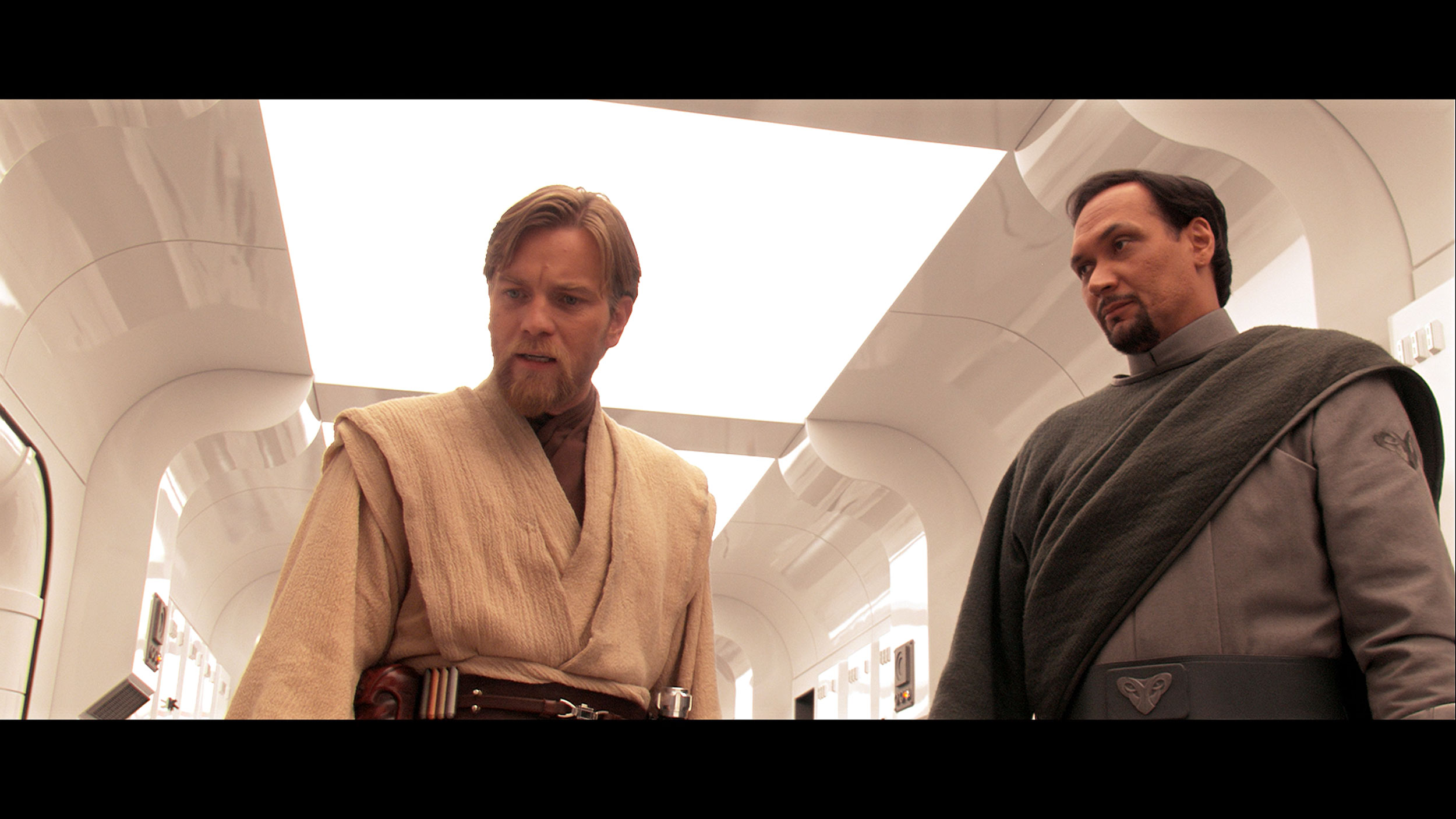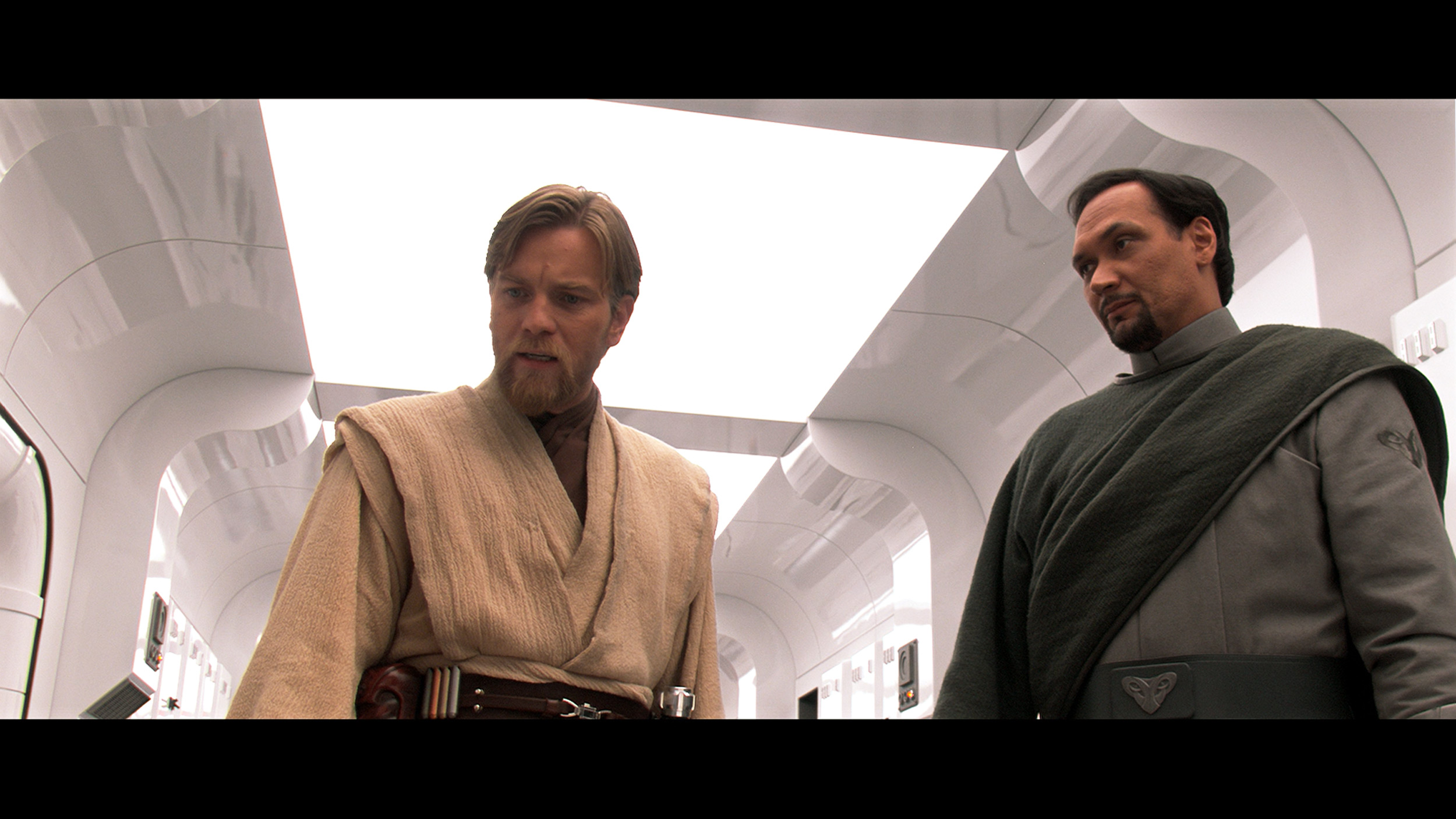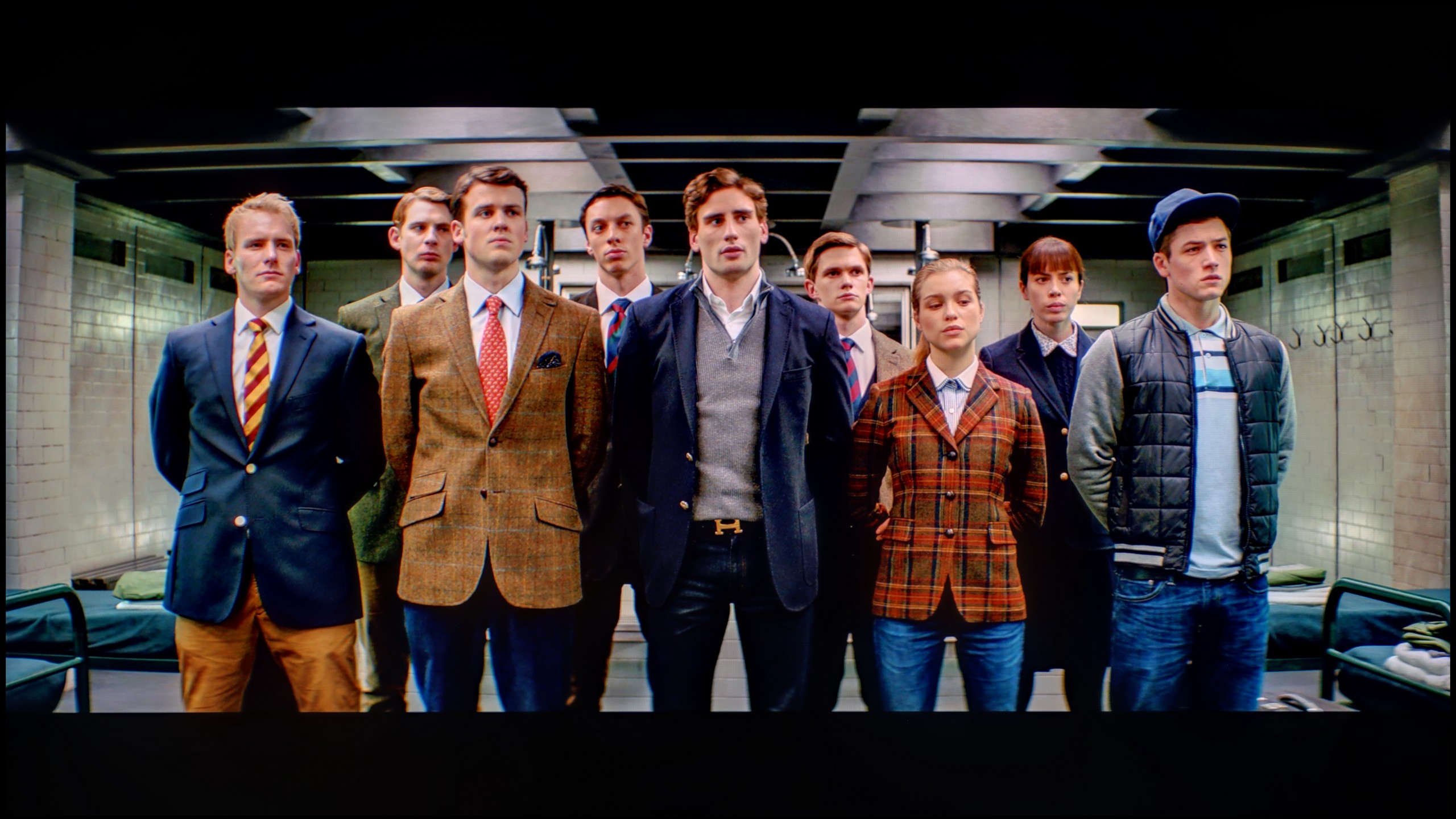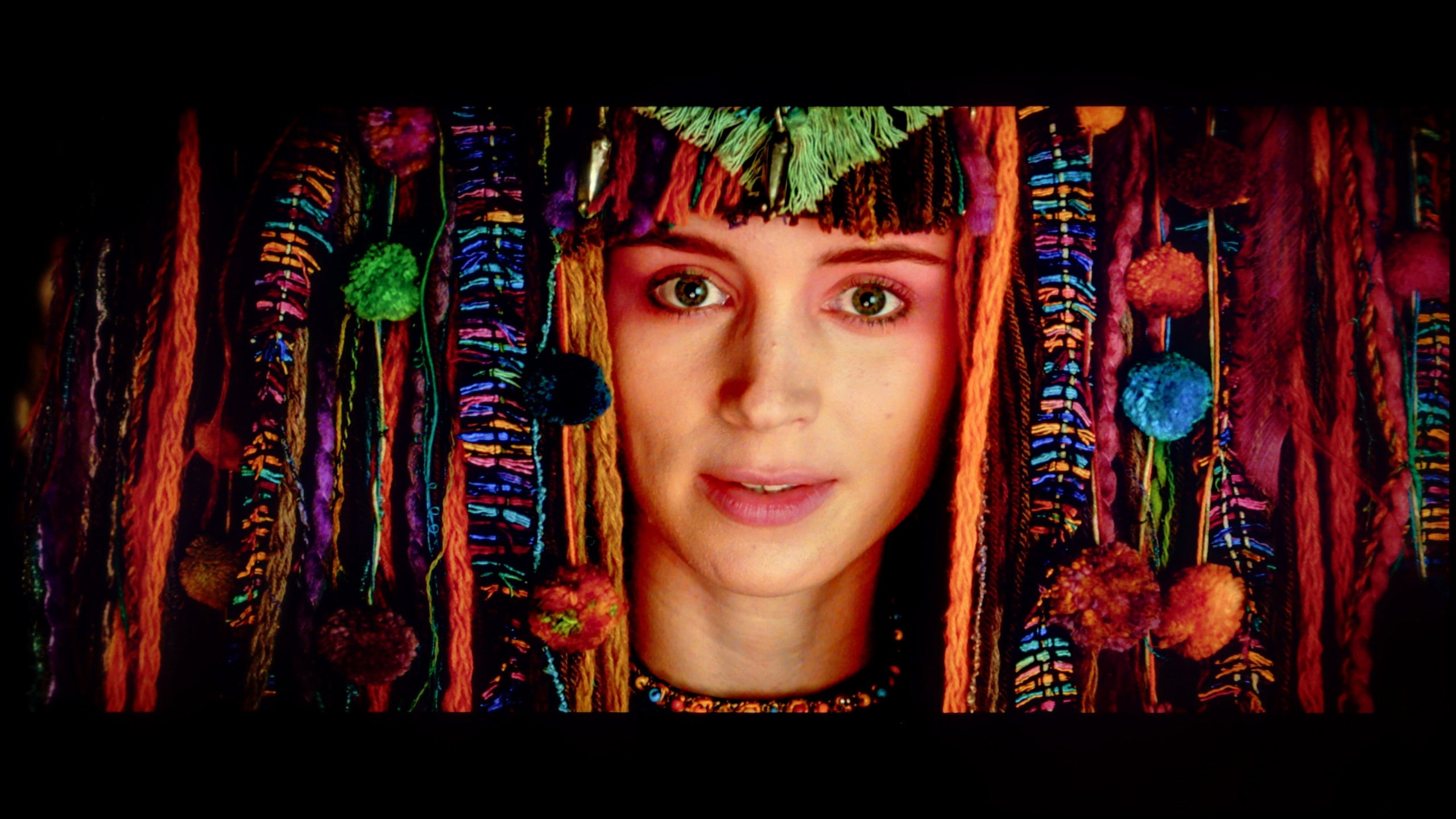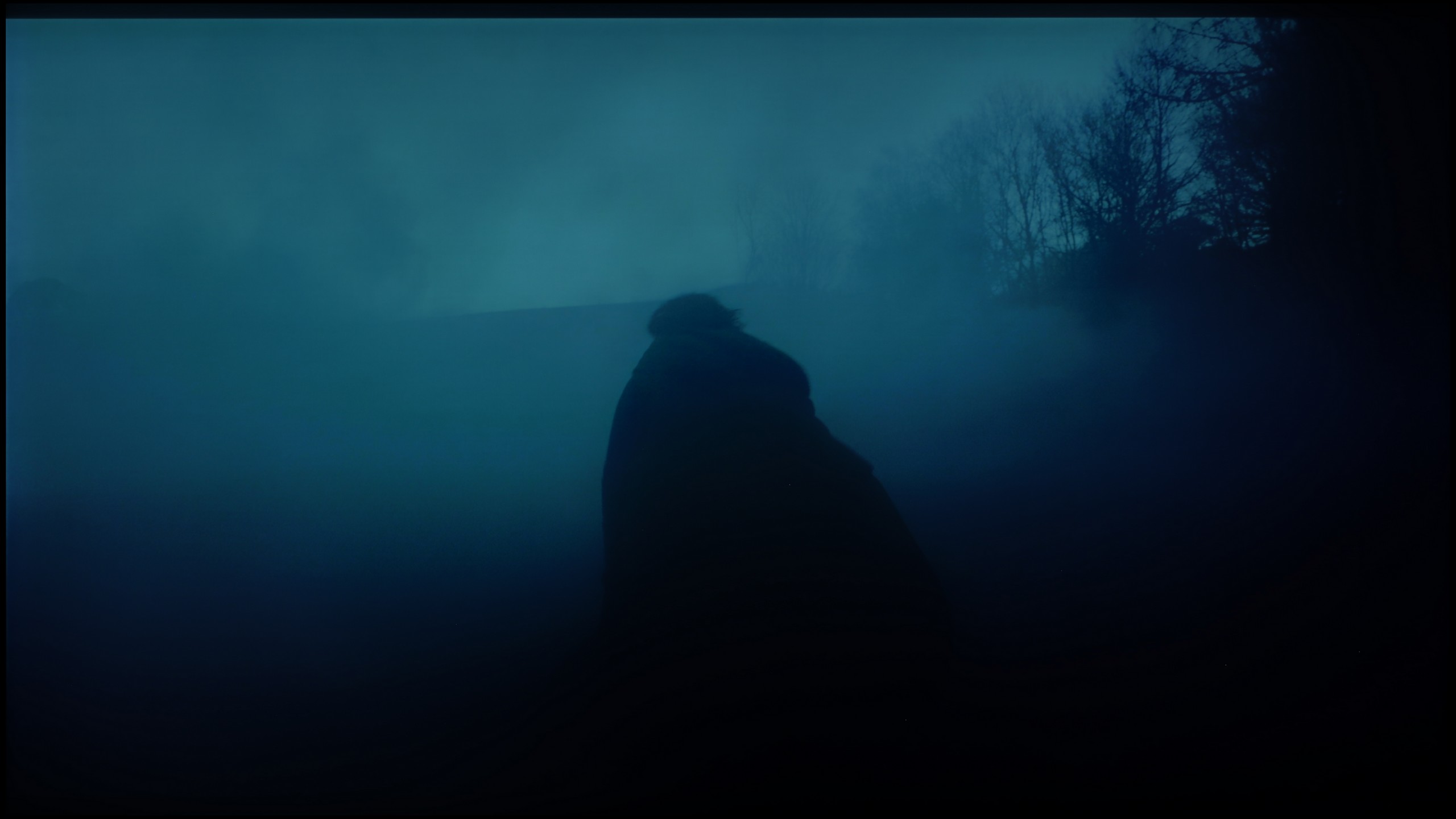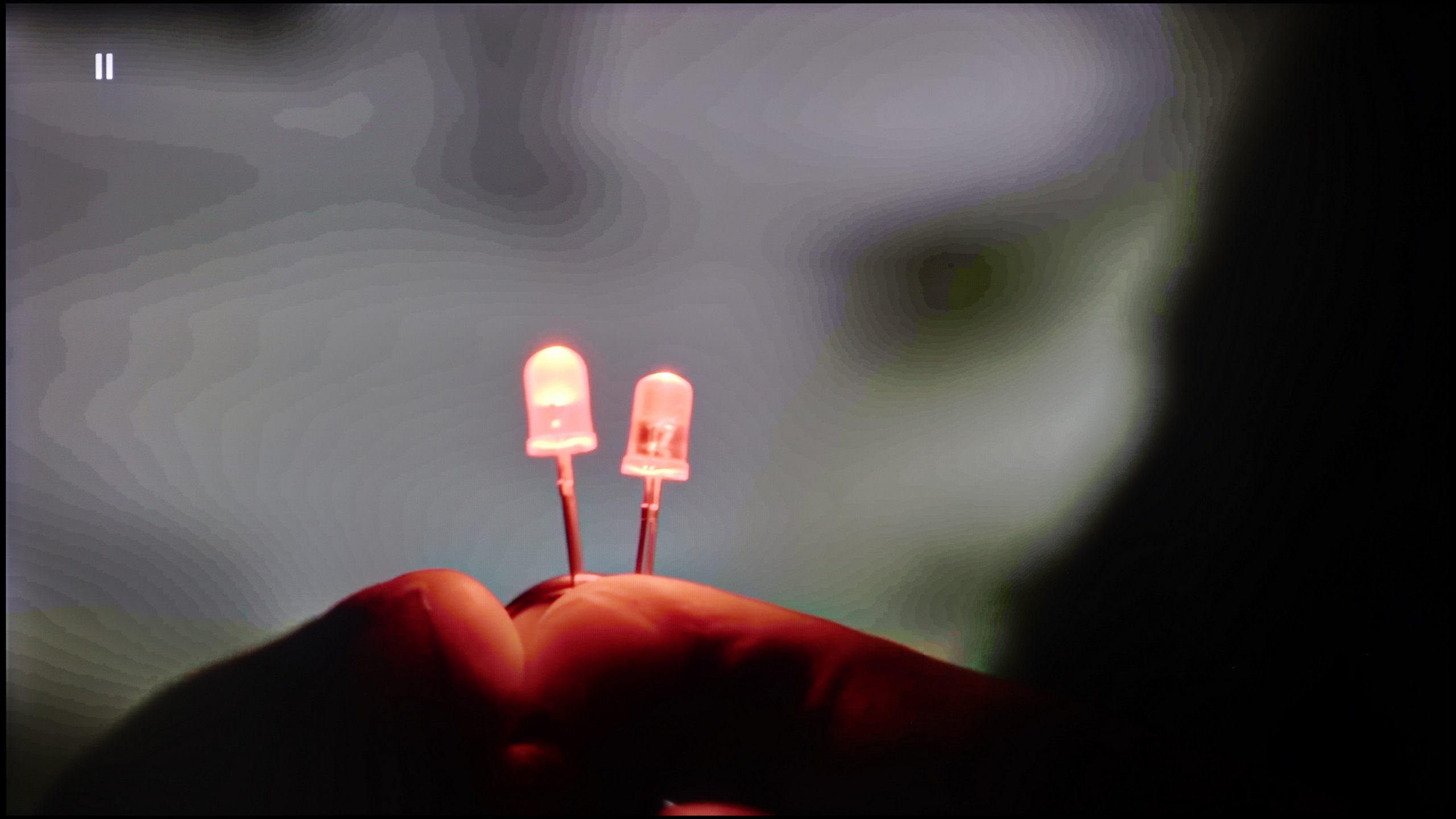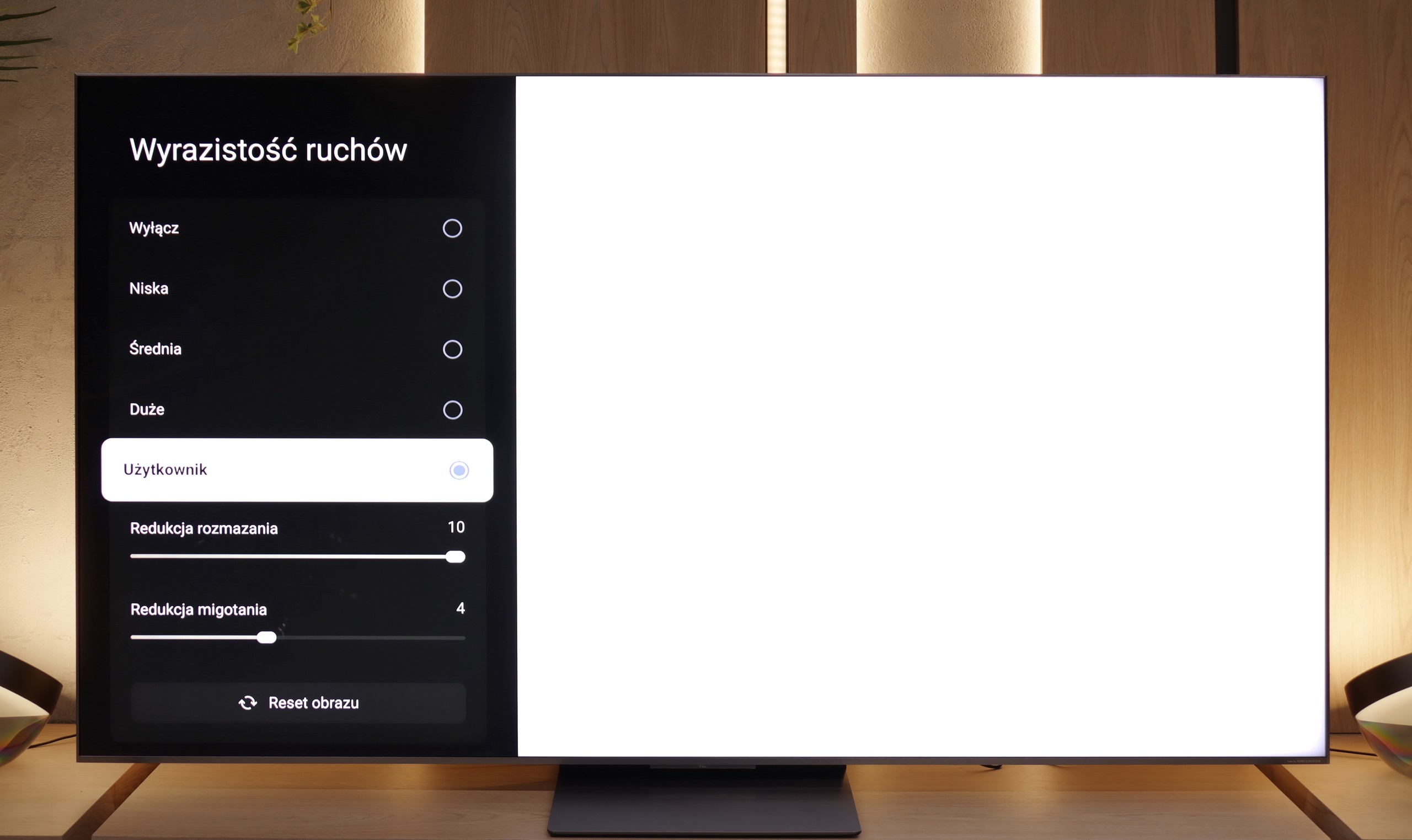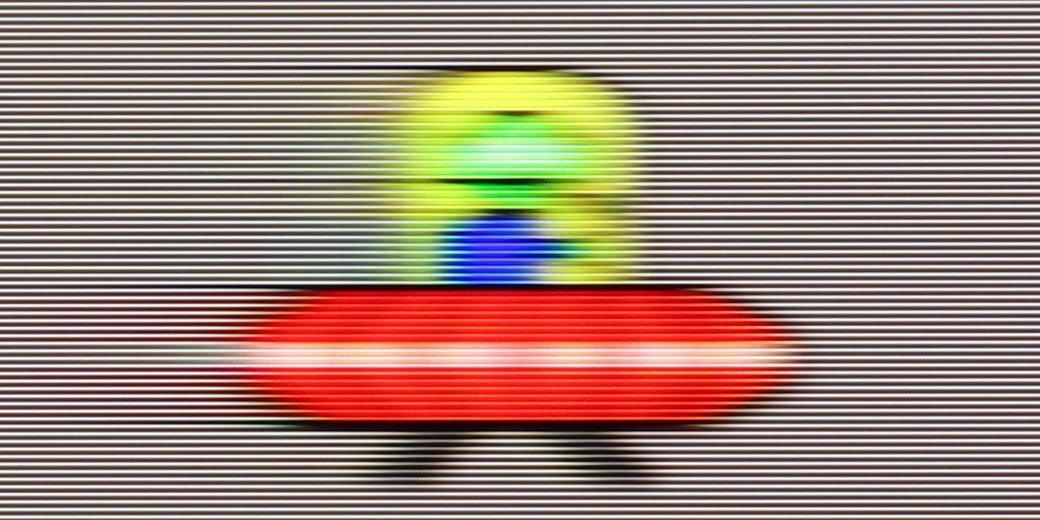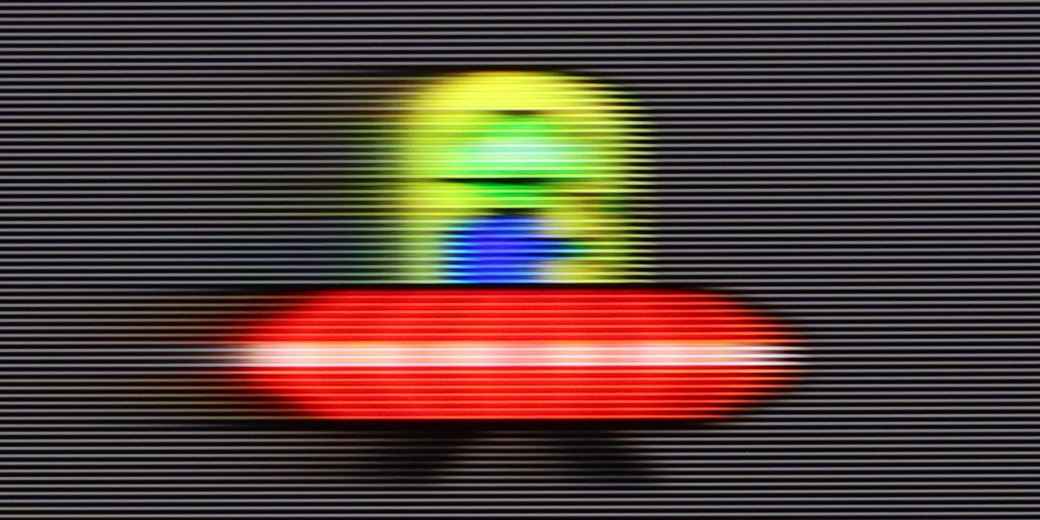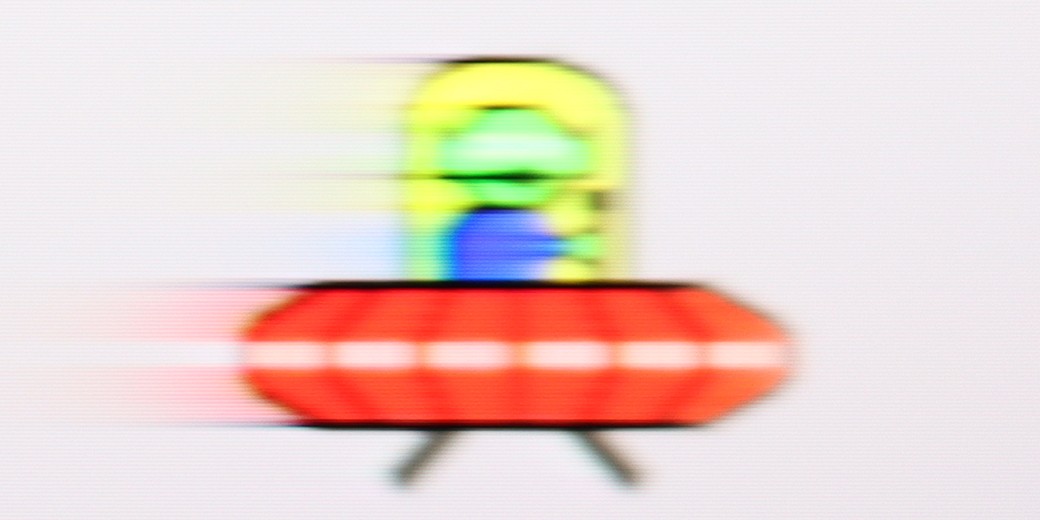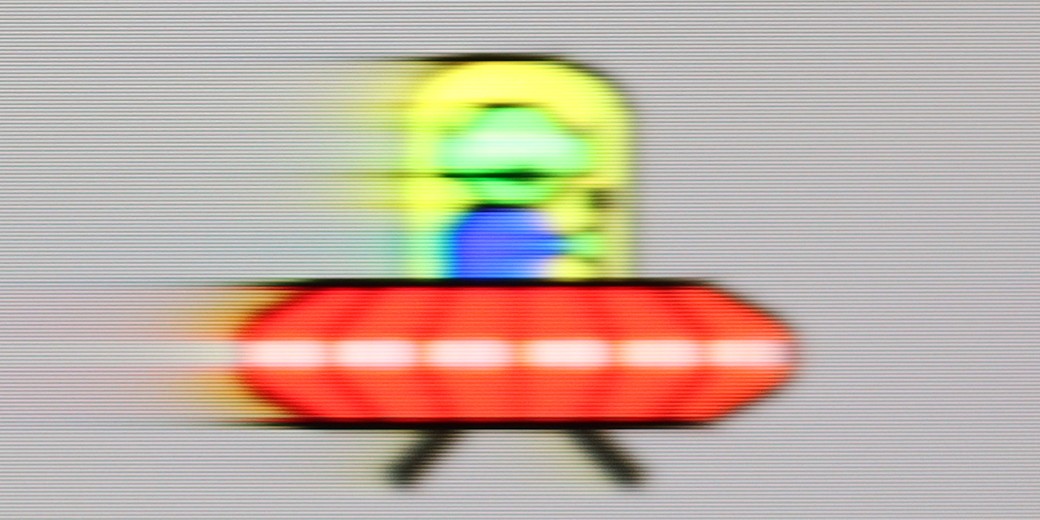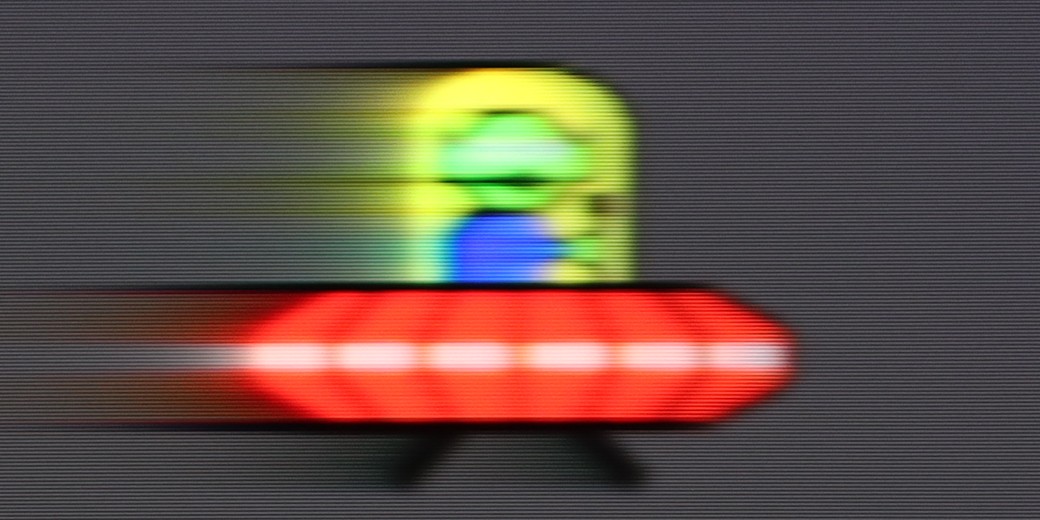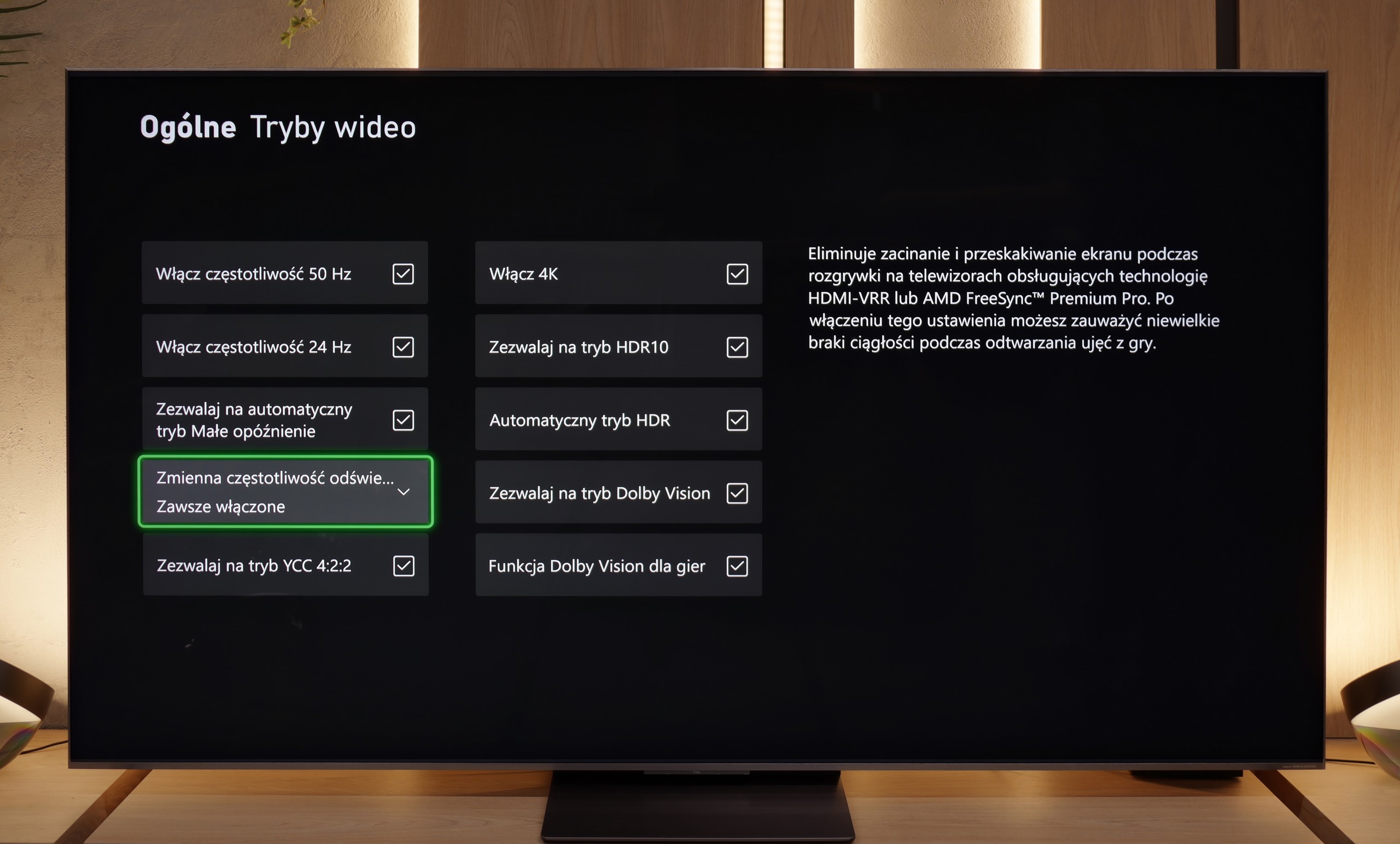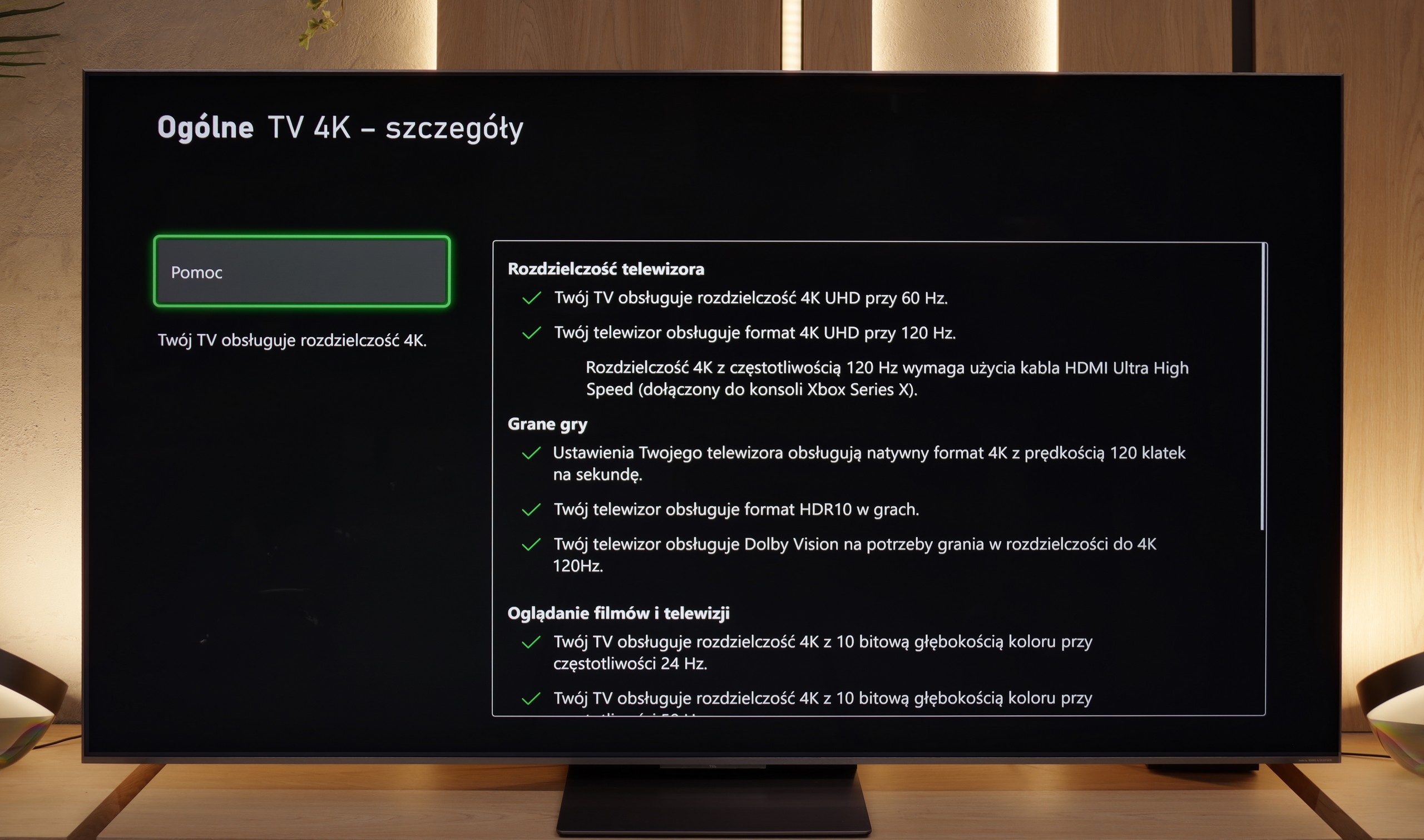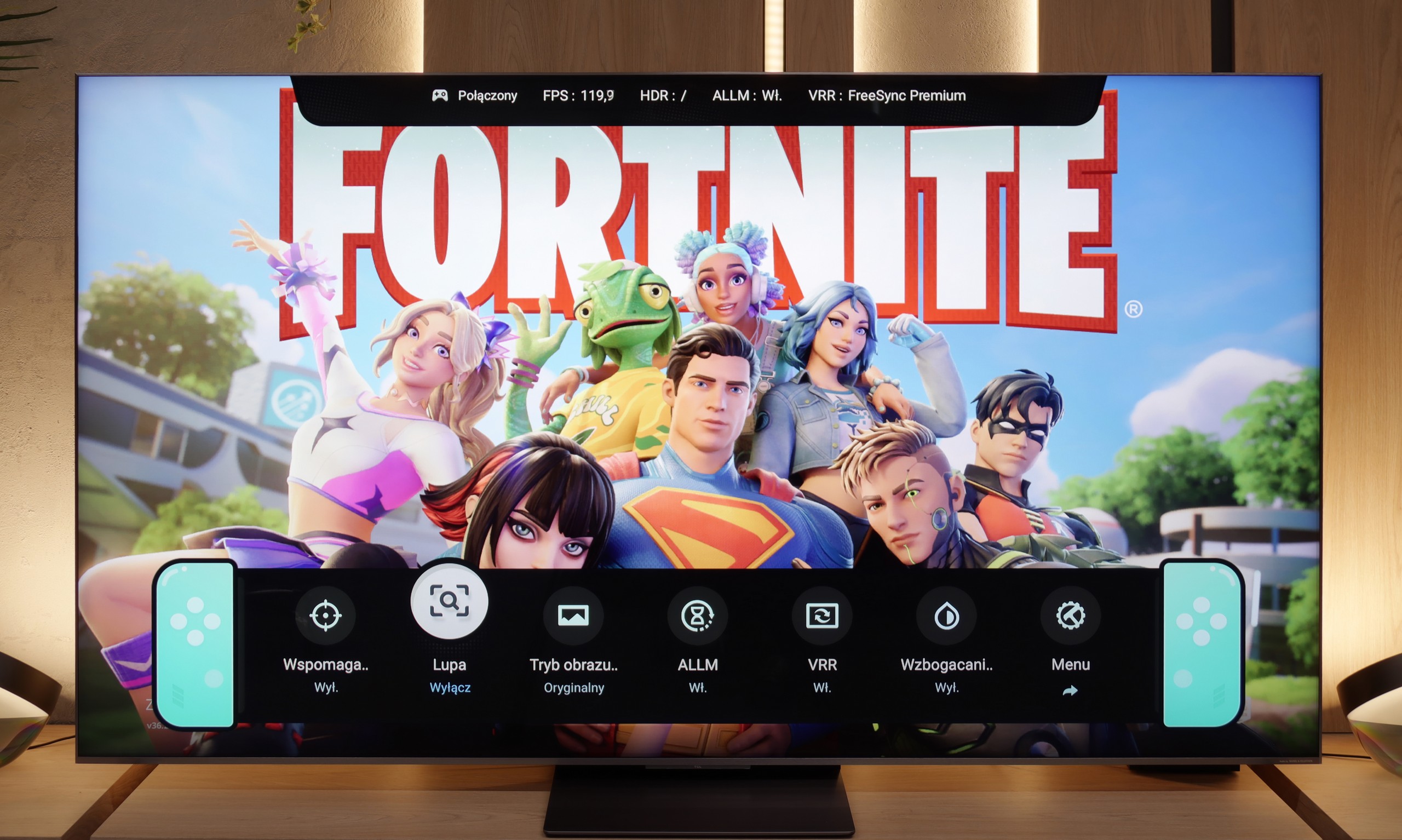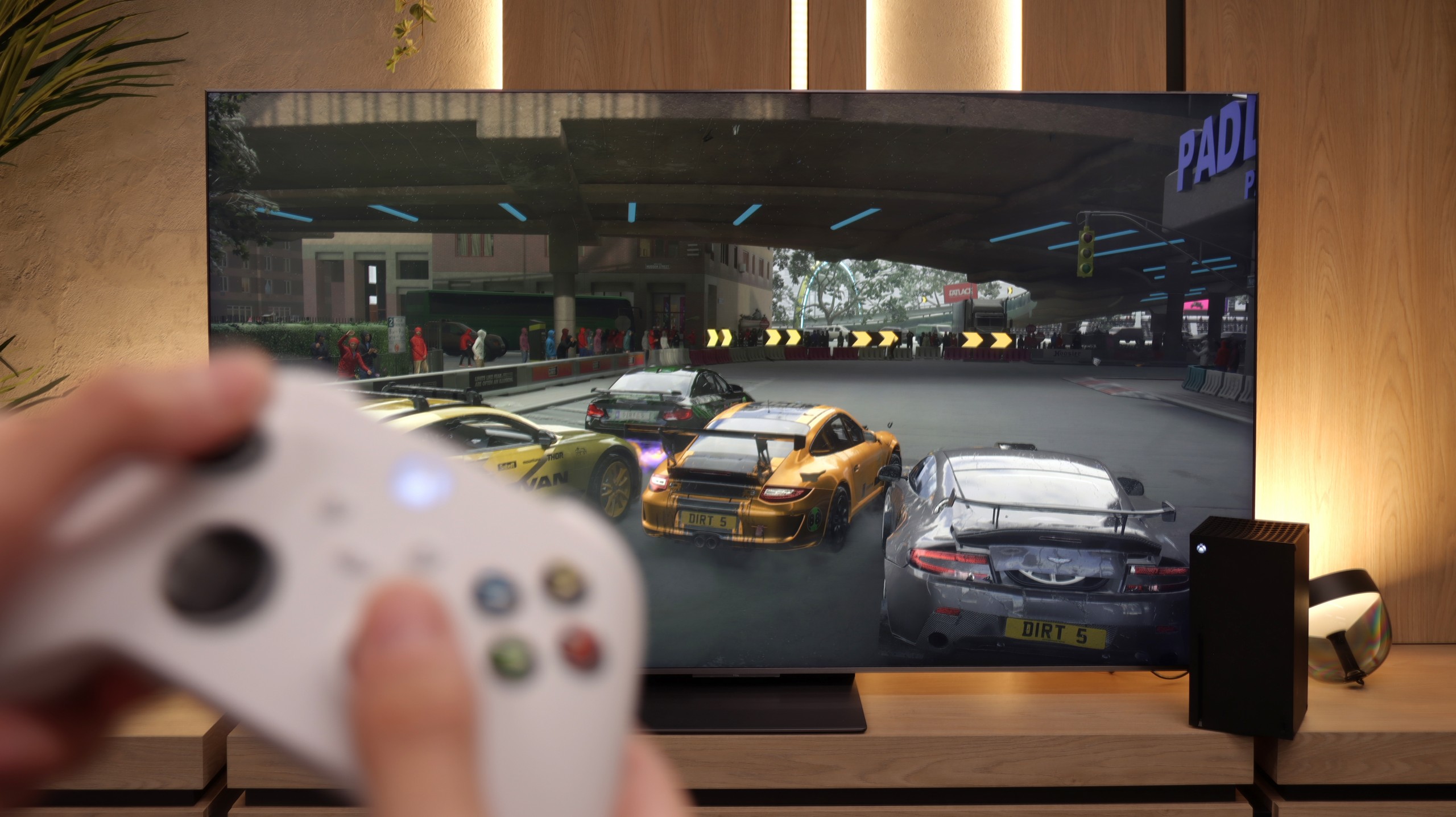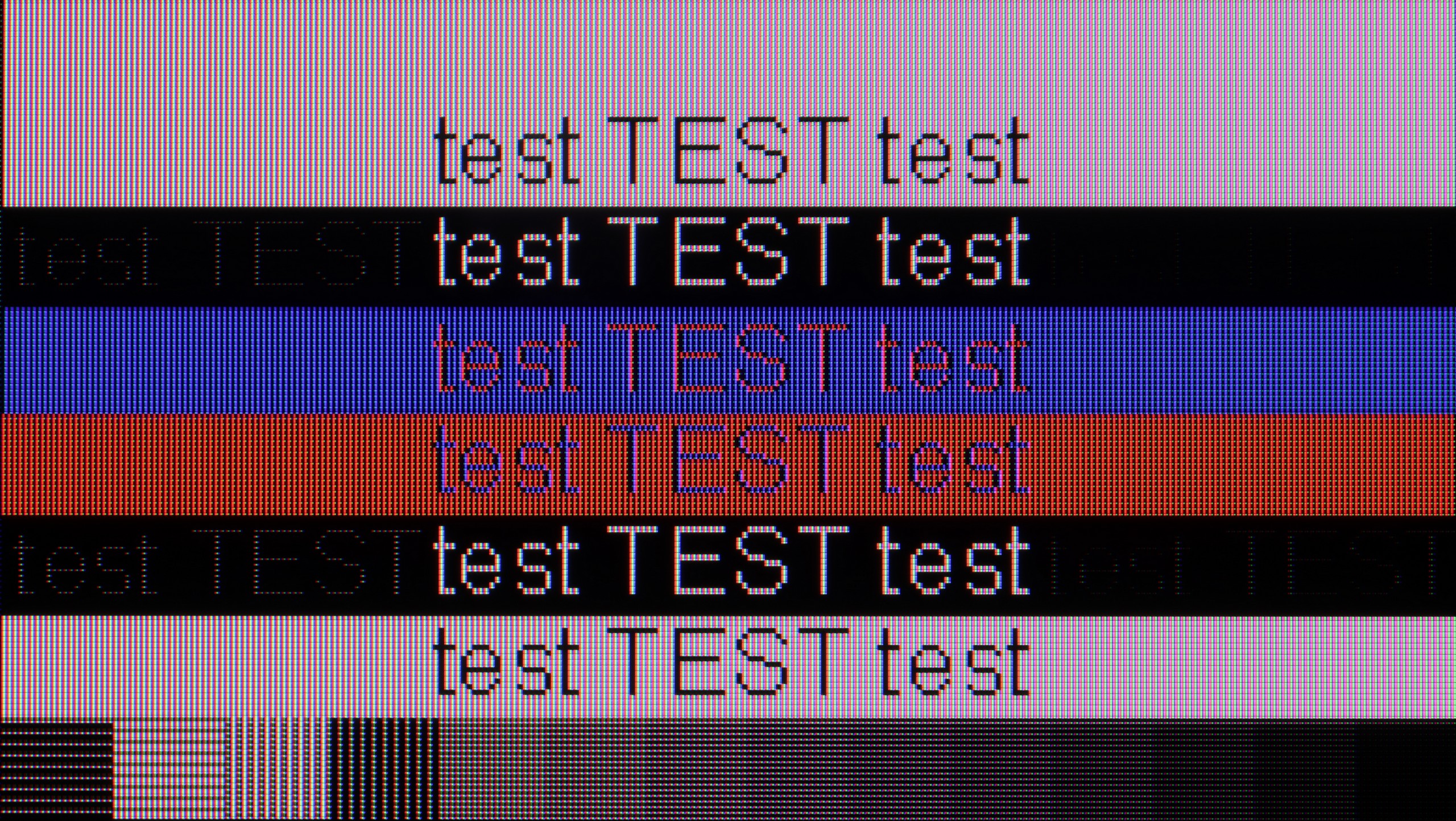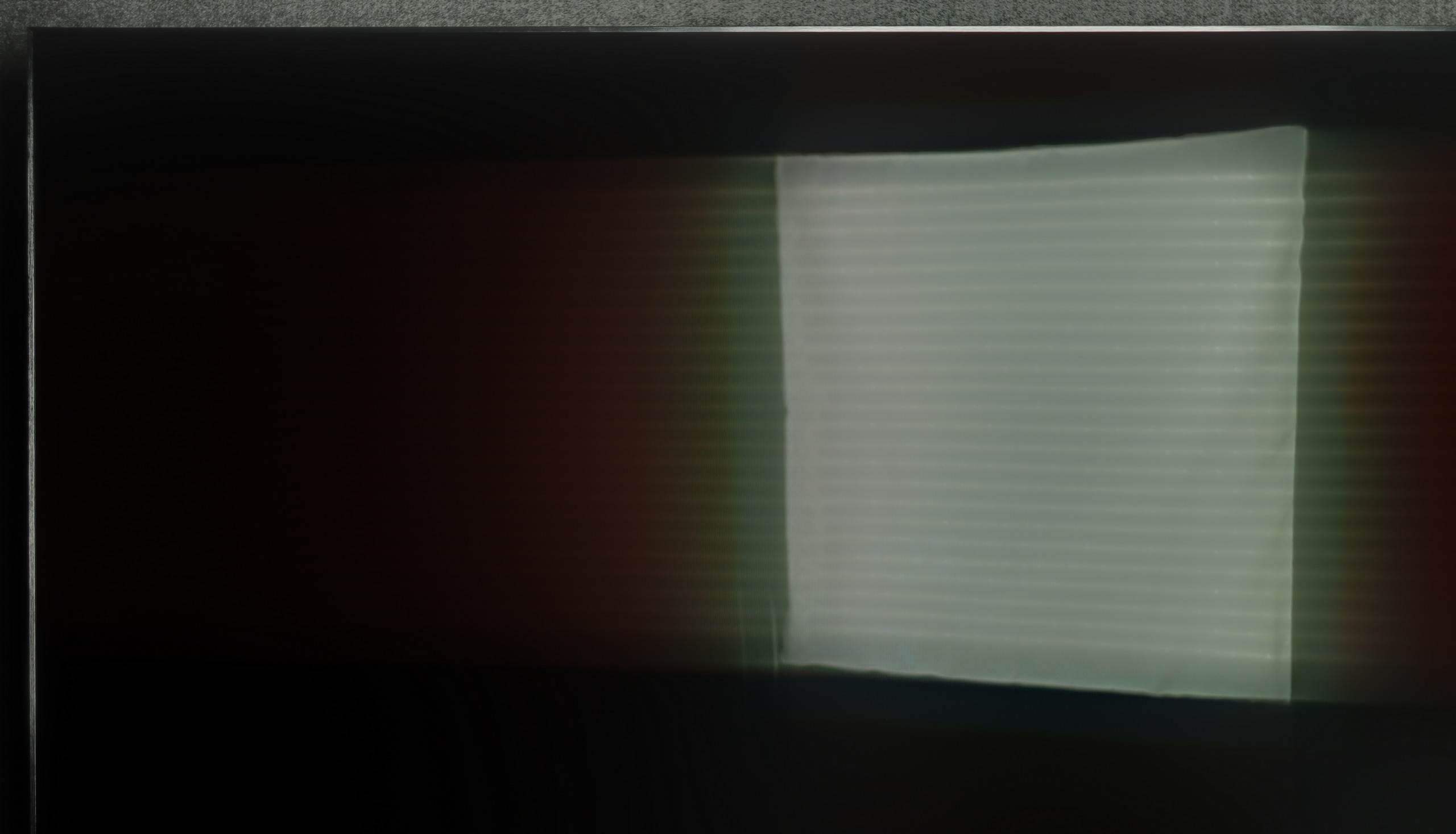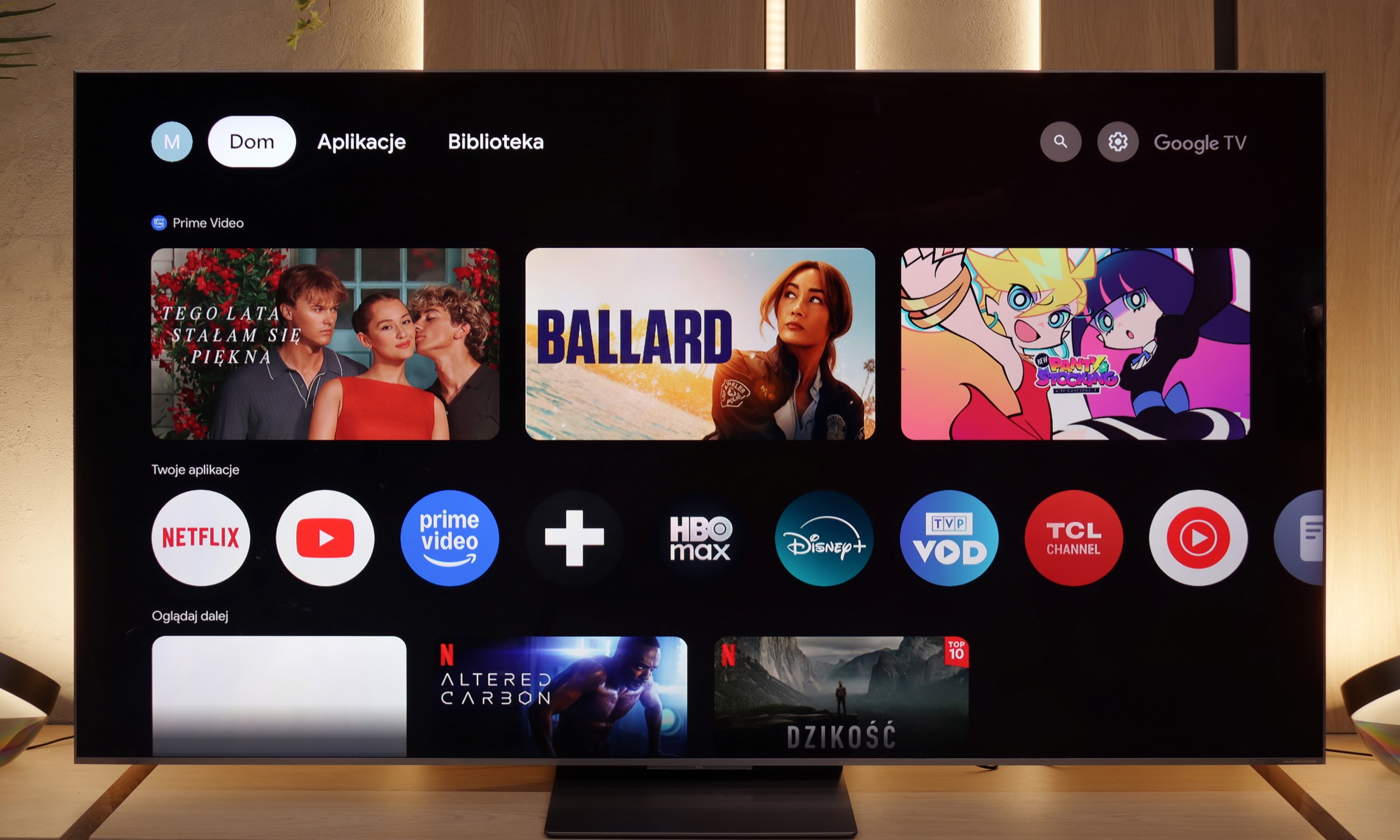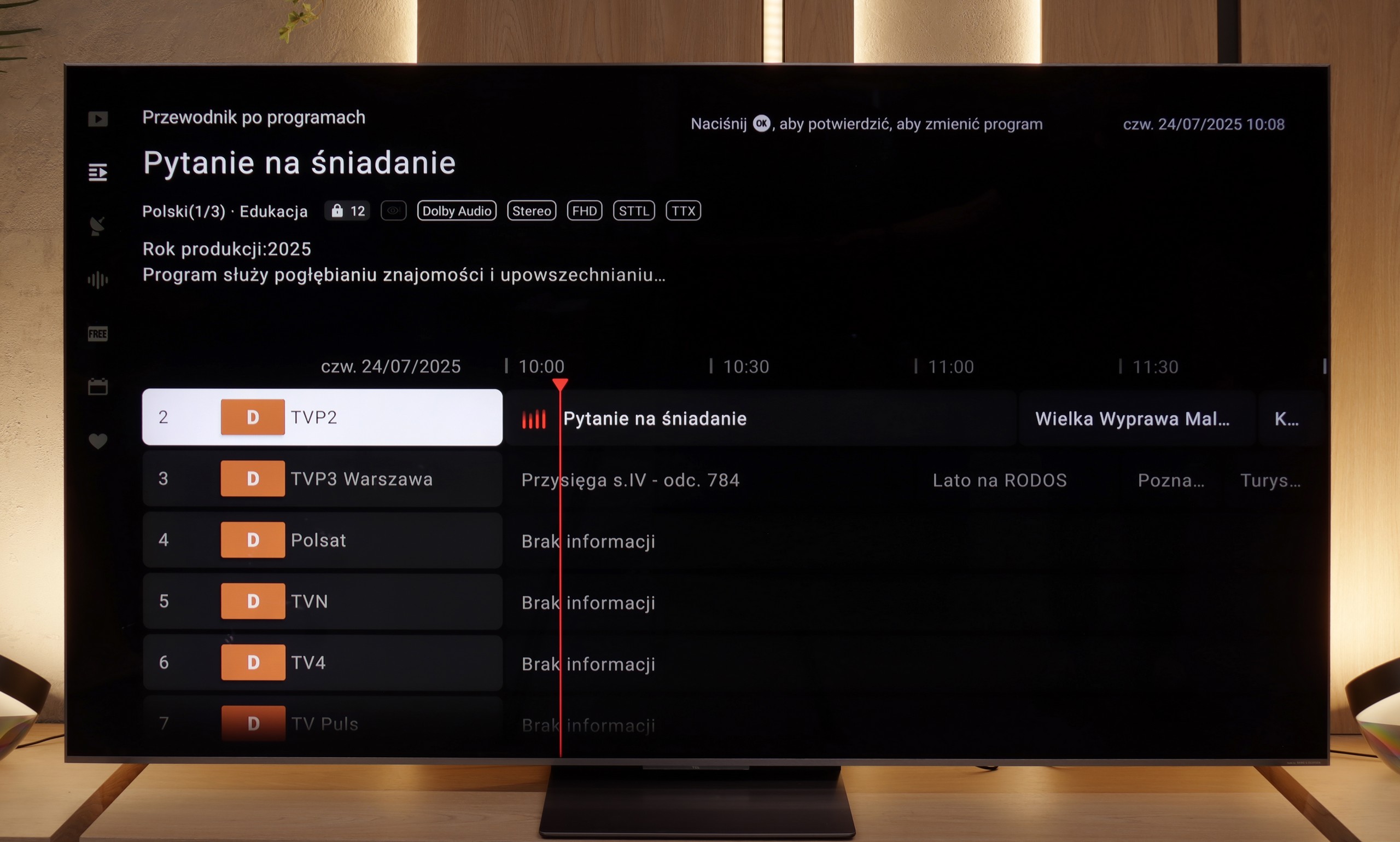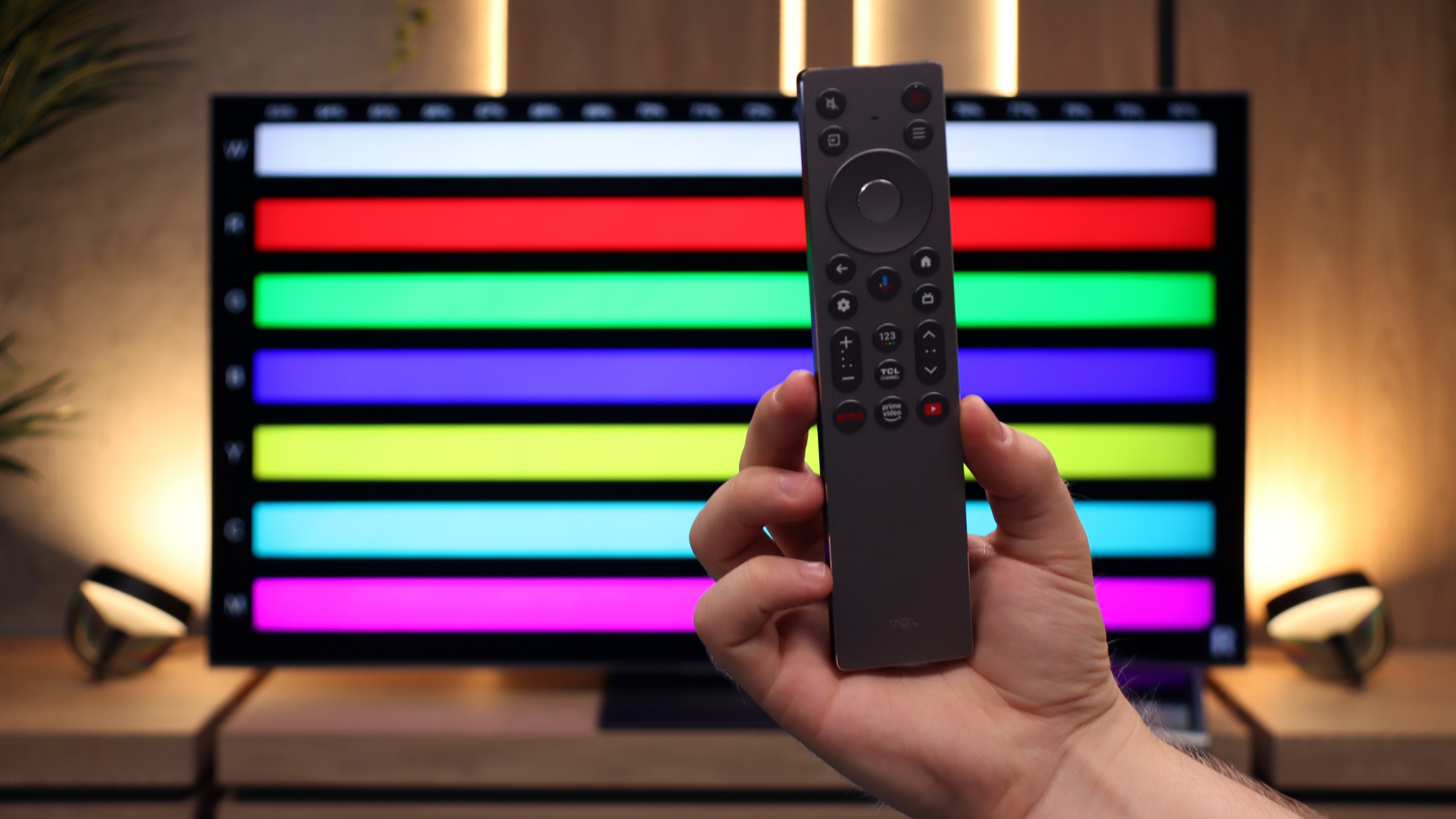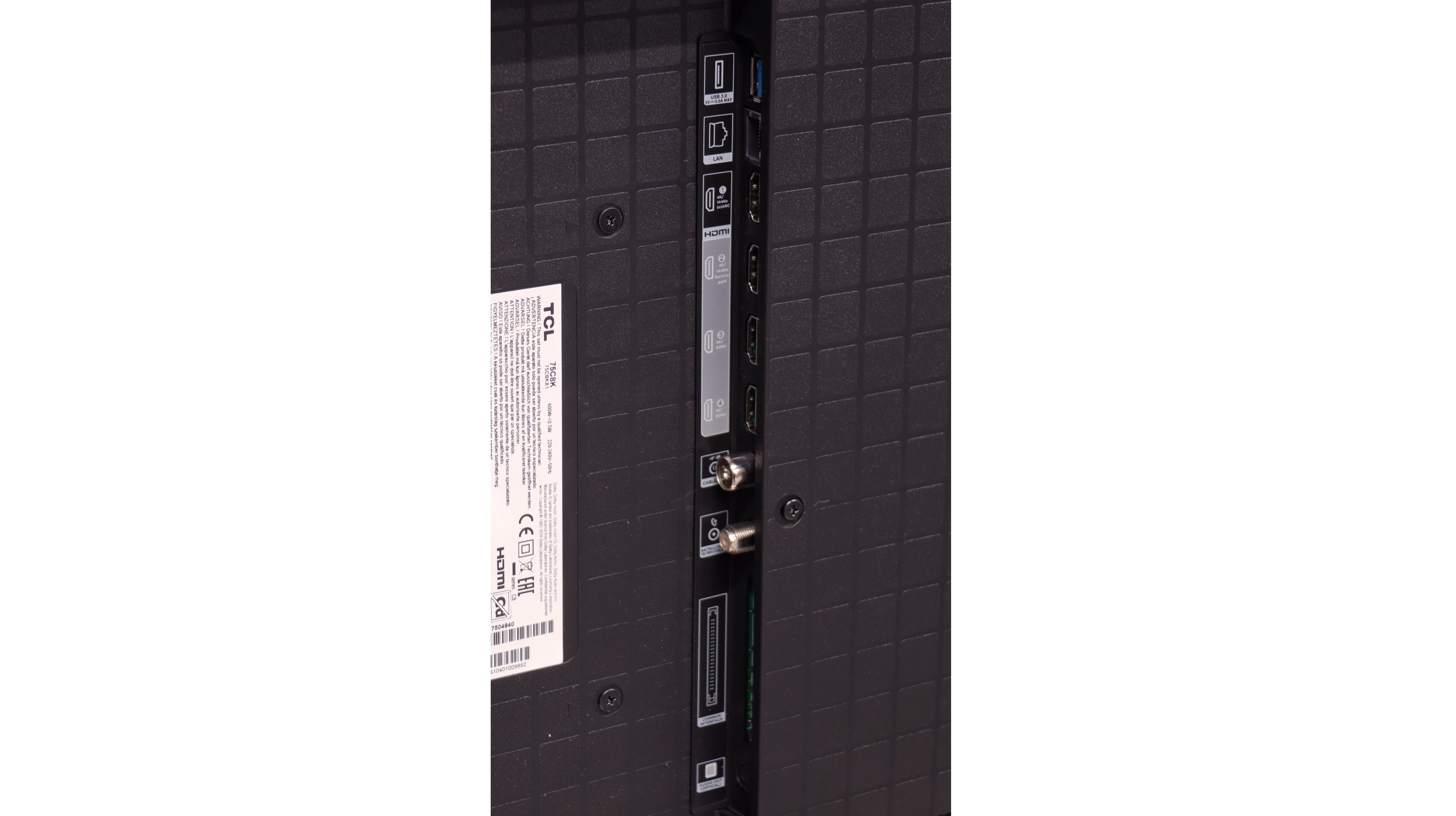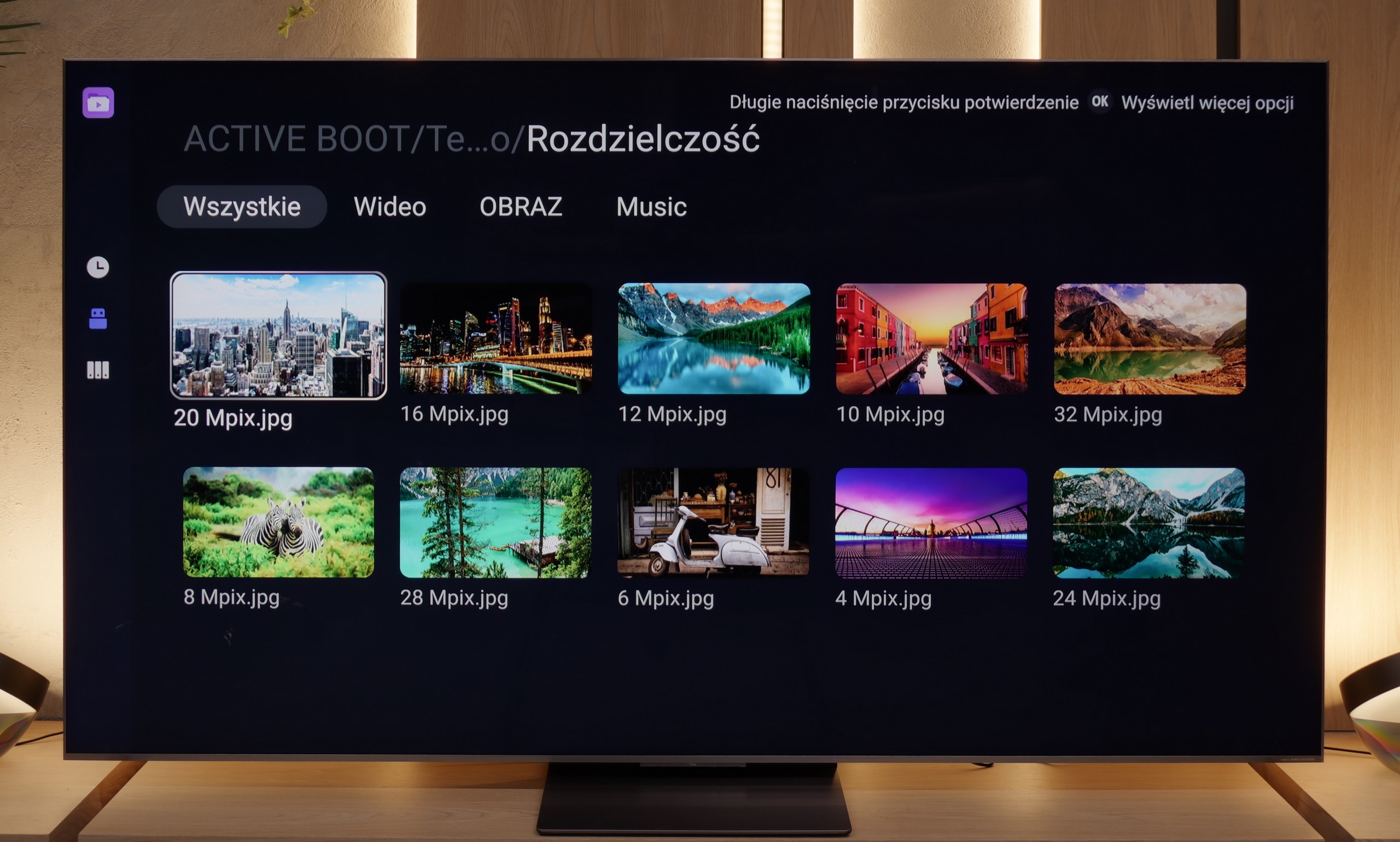The C8K is proof that premium Mini LED technology does not have to cost as much as a premium product. With a high number of dimming zones and a new WHVA panel, the television offers excellent contrast, deep blacks, and very high brightness – everything we expect from a good viewing experience in the living room. The improved viewing angles are also surprising, finally allowing us to enjoy watching even when sitting outside the centre of the frame. The C8K also excels in the gaming world – 144 Hz, support for 288 Hz in Full HD, a complete set of gaming features, very low input lag, and sensible compatibility with PCs make it hard to tear ourselves away from it with a controller or keyboard in hand. Onboard, we also have Google TV – currently the most advanced and versatile Smart TV platform. There is access to all key applications, excellent voice control, and an intuitive interface. It may lack some classic TV features like USB recording from built-in tuners or picture-in-picture (PiP), but most users won't even notice that. On top of all this, there is very decent sound – a new collaboration with Bang & Olufsen.
Of course, it is not a screen without flaws. HDR, although impressive, still carries some 'mini LED' traits – bright scenes can be overly bright or dimmed, and the system lacks a few classic features known from other brands. But when we look at its price compared to the competition, it’s hard not to ask ourselves – why pay more?
Sony Bravia 5 is a continuation of the iconic X90L model, and it's evident that the manufacturer aimed to take a step forward. A greater number of backlighting zones have been implemented, which makes the contrast seem better in many scenes, and the blacks appear deeper than its predecessor. The 120 Hz panel and MotionFlow system allow the smoothness of the image to be tailored to personal preferences – from a slight cinematic texture to crystal-smooth motion in sports and games. This is equipment that does not shy away from any content, as regardless of whether we are watching a match, an action film, or a concert, the image maintains clarity and character. However, the true strength of the Bravia 5 lies in the XR processor. It is this that makes older materials look better than they should – upscaling works like magic, smoothing out noise, improving gradation, and providing consistency even with lower-quality content. Thanks to this, in everyday use, the Bravia 5 can surprise, as instead of struggling with signal imperfections, it draws out the maximum. Additionally, there is excellent colour reproduction after calibration and dynamic tone mapping along with Dolby Vision mode, which allows one to enjoy details even in difficult, contrasted scenes. However, it cannot be hidden that in several moments, the Bravia 5 has disappointed us quite significantly. Despite the greater number of zones, brightness and contrast are not always better than in the X90L – sometimes they even perform worse. This raises a sense of wasted potential, as we were counting on a greater qualitative leap. After all, we are talking about a true MINI-LED television here. Nevertheless, the Bravia 5 remains an excellent television for those who want to enjoy primarily image quality. If you are looking for a model that can impress with motion smoothness, extracts details from difficult scenes, and works wonders with older materials, the Bravia 5 will surely meet those expectations. It's a television that sometimes struggles to keep up with the competition in certain aspects, but it still holds its own with what Sony does best – cinematic imagery.
